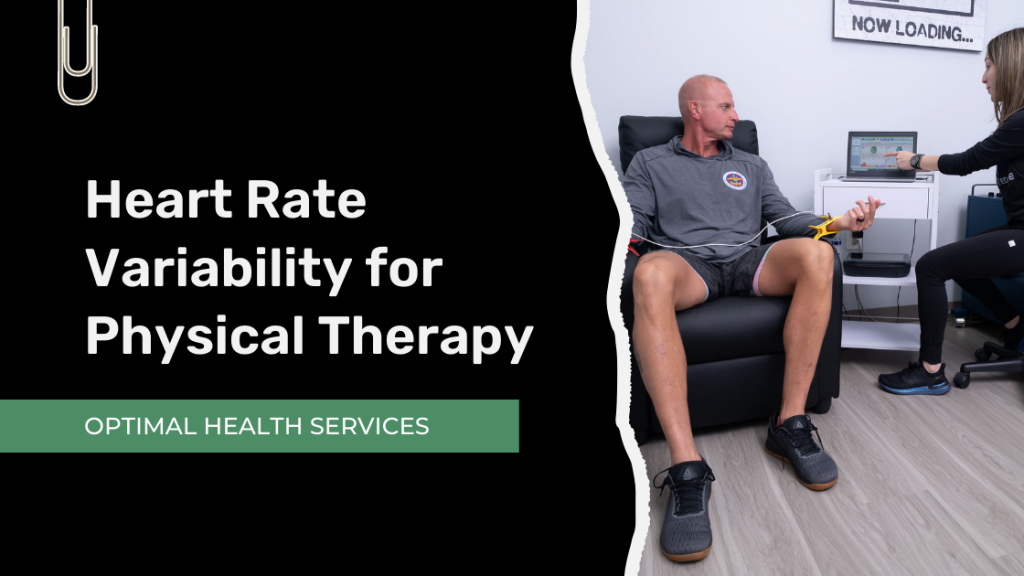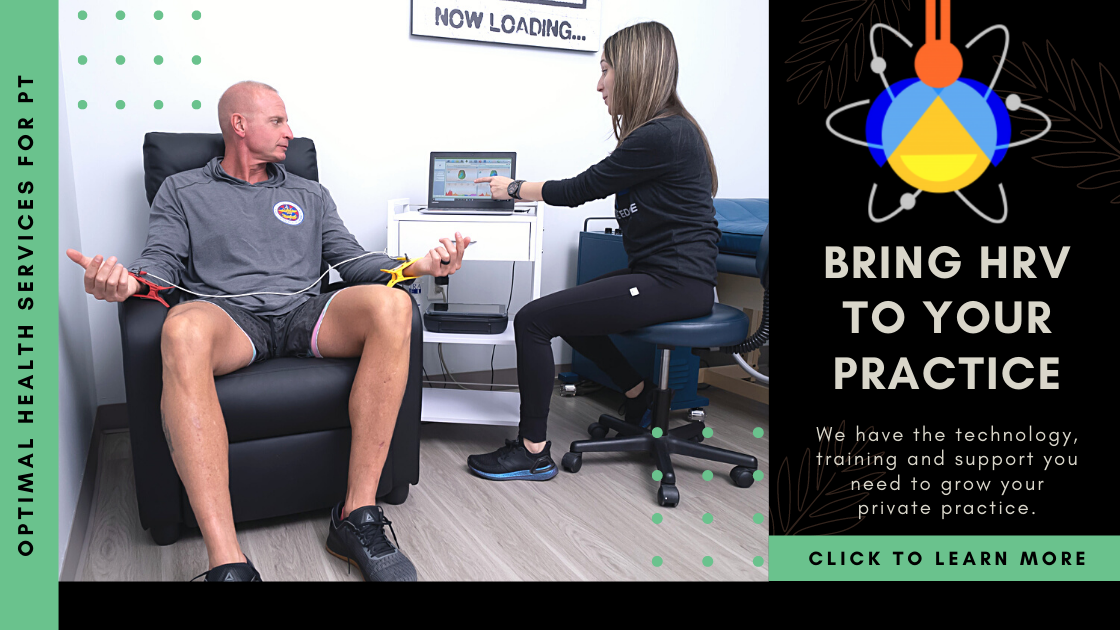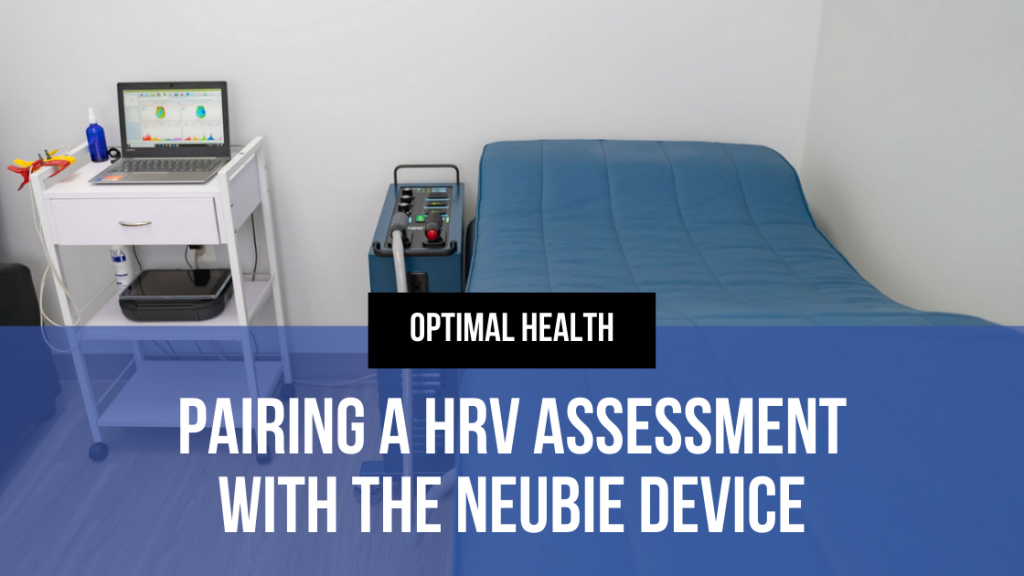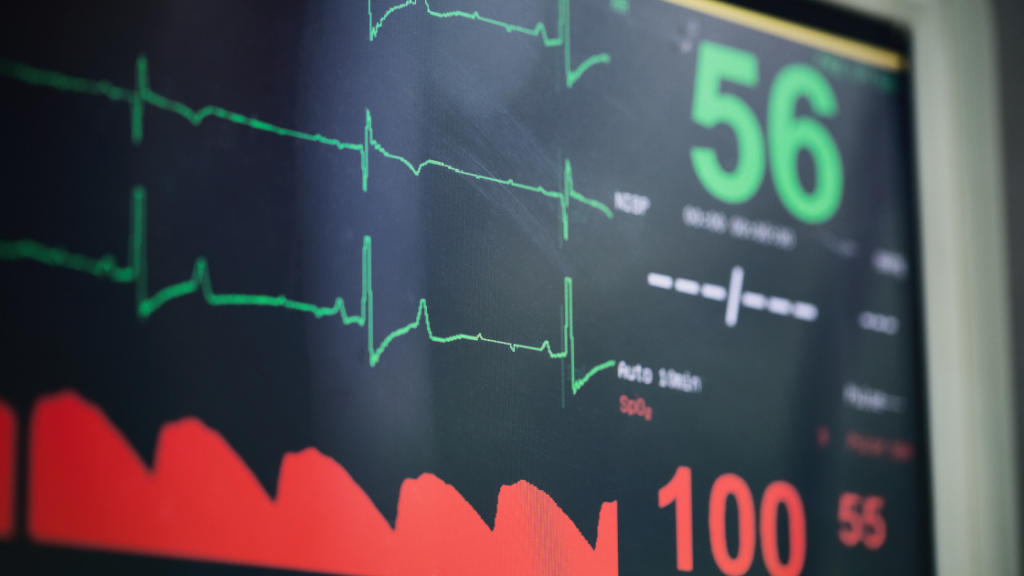
Should You Add Heart Rate Variability to Your Physical Therapy Practice?
As physical therapy practices continue to harness the latest technology to improve patient outcomes and deliver optimal health services, Heart Rate Variability has become a top consideration to enhance the modern clinic’s tech suite and measure the patient’s overall wellness.
Let’s examine how HRV is improving the optimal health of physical therapy patients.
Heart Rate Variability for Physical Therapy and Optimal Health
Heart Rate Variability (HRV) for physical therapy and wellness is a non-invasive assessment of the patient’s autonomous nervous system (ANS) by way of the changes in interval between heartbeats. Since the ANS plays a critical role in regulating our heart and respiration rate and digestion, it’s useful to have a tool that can gauge how both branches of the autonomic nervous system are behaving.
Those branches include the parasympathetic branch which is responsible for rest, and the sympathetic branch which is responsible for being active. Essentially, the brain processes information and sends signals to the rest of the body either to stimulate or to relax different functions. It responds to a poor night’s sleep, an argument with your spouse, exciting news of a promotion or a tasty meal at your favorite restaurant.
How HRV Works with Your Autonomic Nervous System
The sympathetic nervous system controls the body’s “fight or flight” response. So, when you’re facing a threat, the sympathetic nervous system kicks into overdrive and over a prolonged time is an unhealthy state to be in. Low HRV is generally considered detrimental to your health and can be a result of persistent instigators like stress, poor sleep, unhealthy diet, dysfunctional relationships, lack of exercise, etc., – it’s when your balance is disrupted and your fight-or-flight response takes over.
In contrast, the parasympathetic nervous system (or “rest and digest” system) is generally associated with a healthy or recovering nervous system and can play a positive role in healing and relaxation. If a person’s autonomic nervous system is in an optimal health state, it should easily and flexibly switch between speeding up and slowing down the heart rate. That leads to a higher HRV score.
Why Measure Your Patient’s Heart Rate Variability?
Understand How Your Body Responds to Triggers
HRV therapy creates awareness around the healthy habits that deliver a favorable impact on overall health. As a result, it typically will influence positive behavioral change.
Expose the Link Between Stress, Pain, Mood and Injuries
Chronic stress and pain from various sources can lead anyone on a path to drastically reduced health, poor athletic performance and delayed recovery or inability to heal from an injury.
Identify Overuse Injuries Even Before They Happen
HRV data can determine when patients are less likely to perform at their best or when their body needs more recovery time – it can even signal when they are at a higher risk for injury.
Predict Training Response (High or Low Intensity)
Physical therapists can customize treatments with HRV – for example, high HRV may respond better to higher intensity training, while low HRV may do better with a high volume, low intensity approach.
Physical therapists can offer HRV Diagnostics by way of a non-invasive, 5-minute procedure that outlines a picture of the patient’s wellness and recovery capacity by gaining biofeedback from electrical activity of the heart.
A Physical Therapy HRV Assessment Can Help:
- Measure and reduce stress
- Improve mental health
- Improve mental performance
- Optimize athletic training
- Track progress & resilience
- Improve immune function
Today, a complete HRV system for Physical Therapy is readily available thanks to NeuPTtech. Not only do we have the assessment equipment and computer monitoring solutions, but we’ve also created incredible support materials to help HRV practitioners get onboarded quickly and start delivering results for patients immediately.
What Makes the NeuPT HRV System Unique (and Why You Should Care):
- Fully programmed assessment and monitoring equipment
- Free Shipping from Tampa, FL
- A detailed onboarding and training for clinicians
- A quick reference HRV guide for PTs
- Marketing materials for your patients and prospects
- An HRV Standards of Measurement document
- A Sample HRV Report of Findings
- NeuPTtech’s full service support
- Access to a physical therapy community of HRV owners
To learn more about the NeuPT HRV system and how you can add it to your own clinic of the future, contact us today.


 Previous Post
Previous Post Next Post
Next Post


